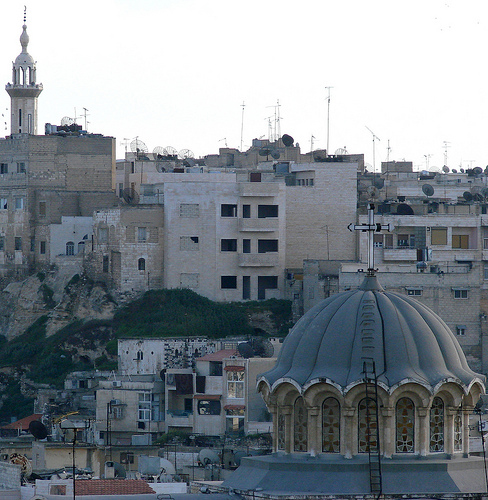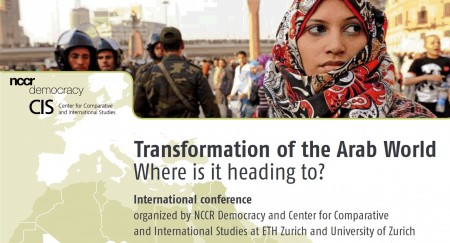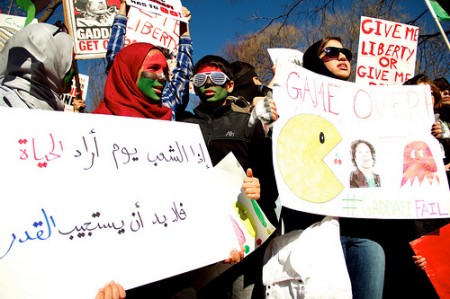
BOSTON – The so-called Arab Spring generated a wave of hope among those fighting or advocating for democratization of the Arab world’s authoritarian regimes. Now, following leadership changes in Tunisia, Egypt, Libya, and Yemen, and with a brutal civil war raging in Syria and increasingly fraught conditions in Bahrain, Sudan, Jordan, and Iraq, there is much talk of a major shift – and hope for improvement – in the nature and prospects of the Arab state.
But hope – “the thing with feathers,” as the American poet Emily Dickinson put it – often bears little resemblance to realities on the ground. Indeed, looking earthward, the beauty of the Arab Spring seems to have given way to an almost unbearable winter.




